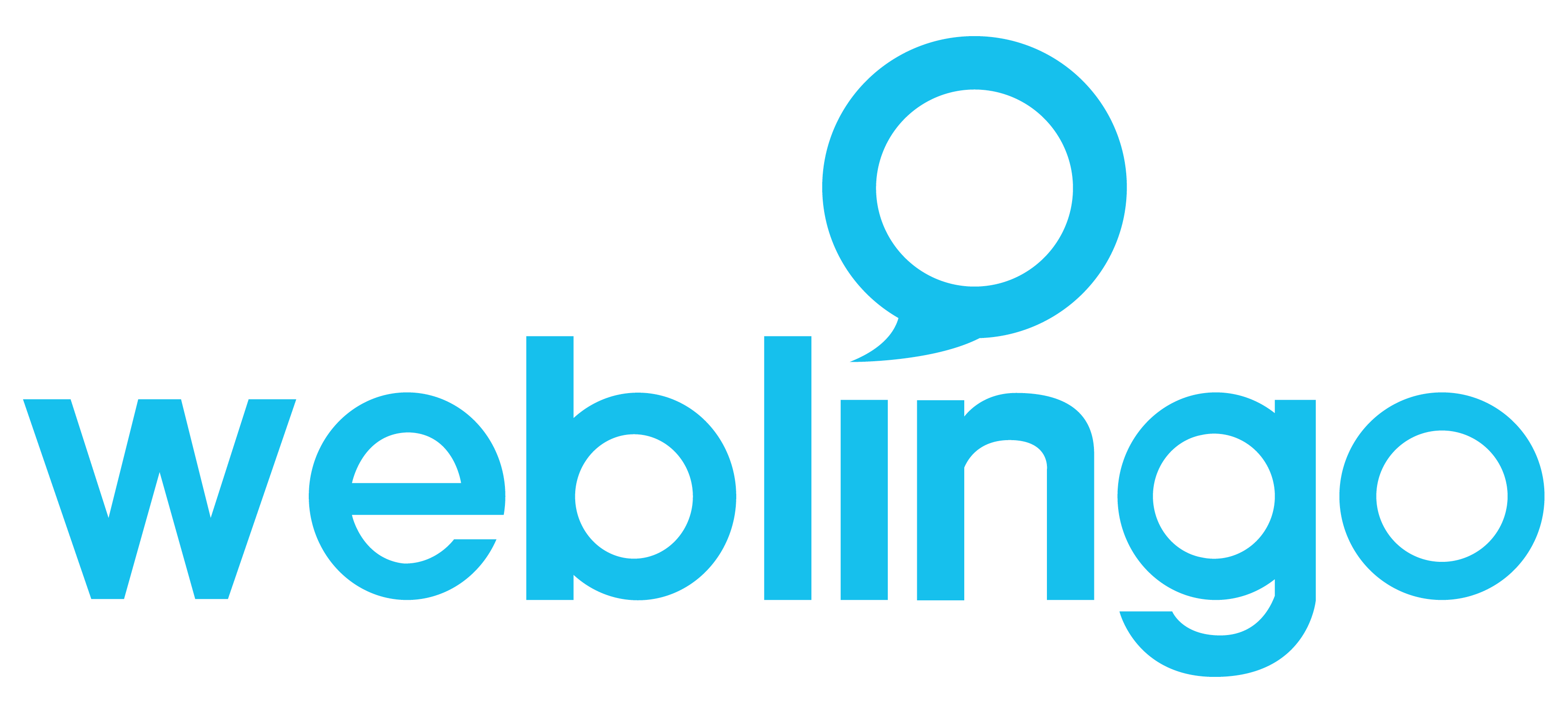Your translations are an extension of both you and your business. They act as an extension of your voice – online, offline and worldwide. They should express themselves just like your business would.
Using the correct, approved terminology can help ensure this. Your brand, be it personal or commercial, needs to remain true to the original, i.e. you.
Here’s how:
1. Allocate some time to compile a list of prevalent terminology used in your communications. This should include anything you want your target market to know about you and your business or brand.
2. Have the list translated by a professional linguist living in the country of their mother-tongue. Use a professional, tried-and-tested, qualified linguist, not a distant relative that lived abroad for a couple of years. Experience is everything if you want to win at this.
3. Have the translated list proofread by an independent specialist in the region of your target market and their respective locale. If this is for a client, get their approval once this is done. This is vital.
For example, misinterpreting the word ‘spirits’ as ghosts instead of alcohol can spell disaster for your international communications. It’s happened before.
An approved list of prevalent terminology can assist in speeding up the translation turnaround times on larger projects. More importantly, it goes a long way towards ensuring you and your brand’s translations are professional and true to the original – retaining your true voice across all communications, both local and international.
